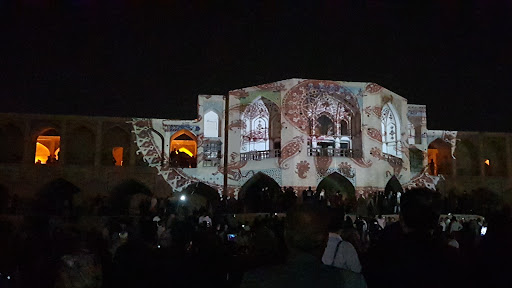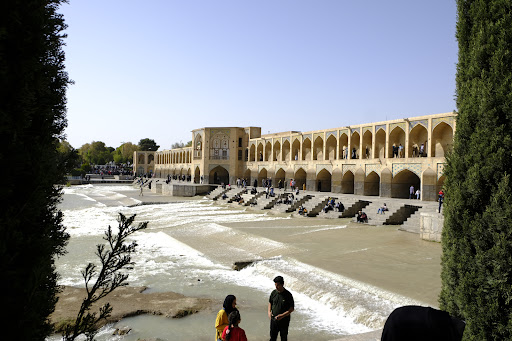Khajoo Bridge things to do, attractions, restaurants, events info and trip planning
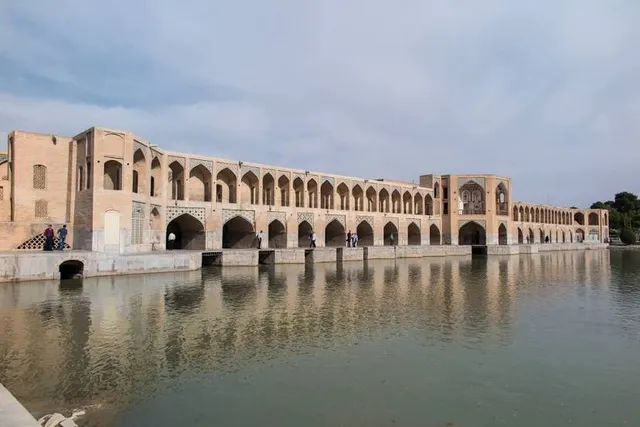
Basic Info
Khajoo Bridge
Isfahan Province, Isfahan, Khajoo Bridge, JMPM+P8H, Iran
4.7(1.9K)
Open 24 hours
Save
spot
spot
Ratings & Description
Info
The Khaju Bridge is one of the historical bridges on the Zayanderud, the largest river of the Iranian Plateau, in Isfahan, Iran. Serving as both a bridge and a weir, it links the Khaju quarter on the north bank with the Zoroastrian quarter across the Zayanderud.
Cultural
Outdoor
Family friendly
attractions: Joubi Bridge, Ayineh Khaneh Blvd Park, Isargaran Park, Rokn Al-Molk Mosque, restaurants:
 Learn more insights from Wanderboat AI.
Learn more insights from Wanderboat AI.Plan your stay

Pet-friendly Hotels in Isfahan
Find a cozy hotel nearby and make it a full experience.

Affordable Hotels in Isfahan
Find a cozy hotel nearby and make it a full experience.

The Coolest Hotels You Haven't Heard Of (Yet)
Find a cozy hotel nearby and make it a full experience.

Trending Stays Worth the Hype in Isfahan
Find a cozy hotel nearby and make it a full experience.
Reviews
Nearby attractions of Khajoo Bridge
Joubi Bridge
Ayineh Khaneh Blvd Park
Isargaran Park
Rokn Al-Molk Mosque
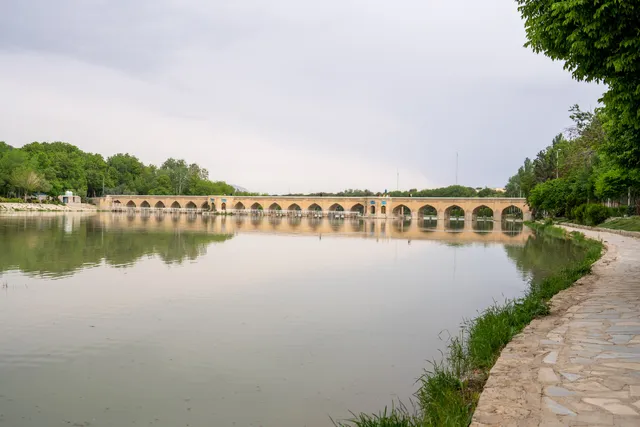
Joubi Bridge
4.7
(199)
Open 24 hours
Click for details
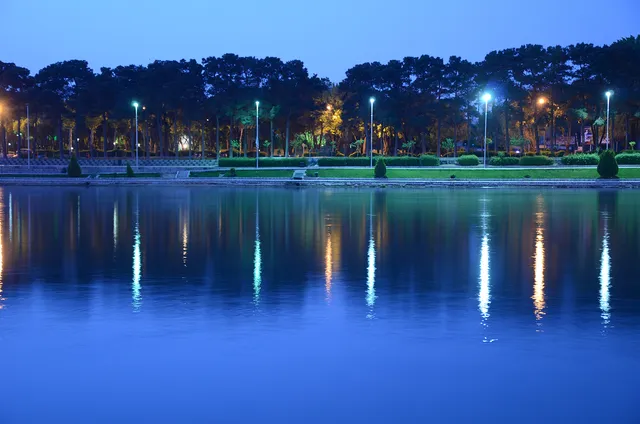
Ayineh Khaneh Blvd Park
4.9
(8)
Open 24 hours
Click for details
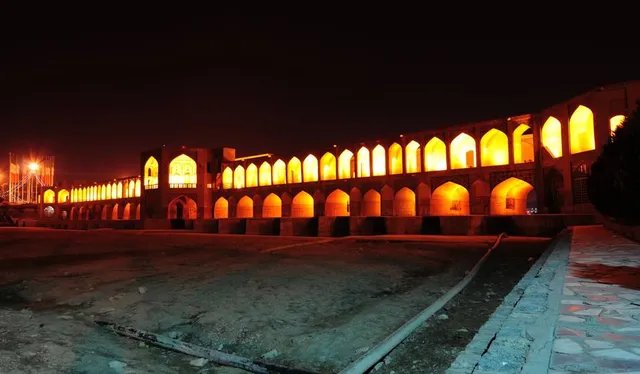
Isargaran Park
4.1
(74)
Open 24 hours
Click for details
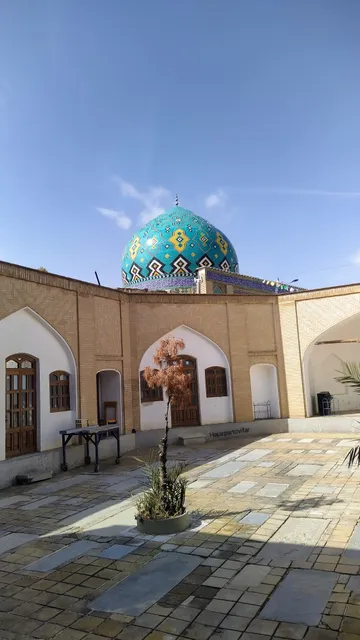
Rokn Al-Molk Mosque
4.4
(57)
Open 24 hours
Click for details


